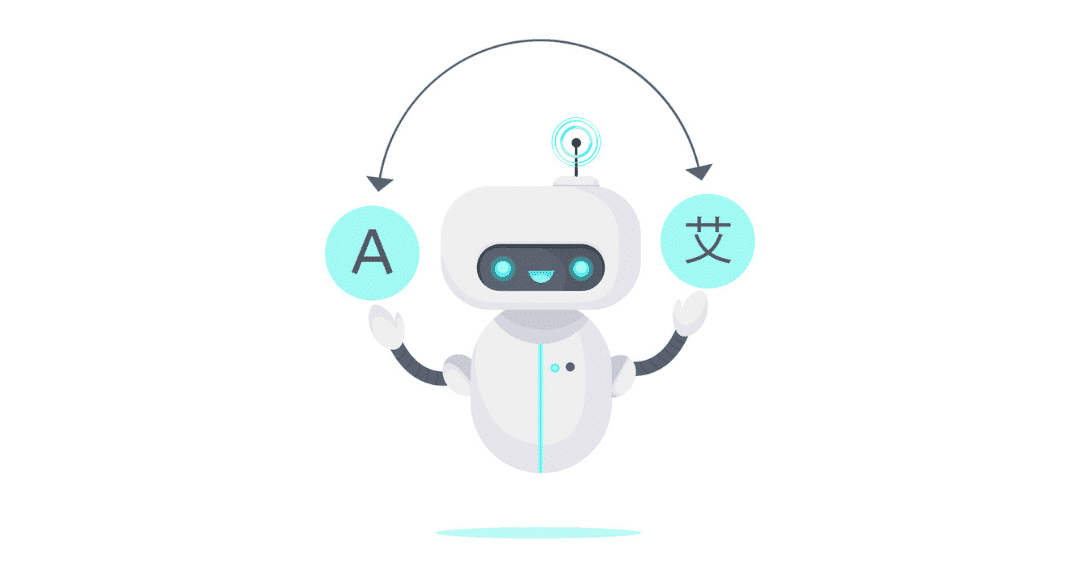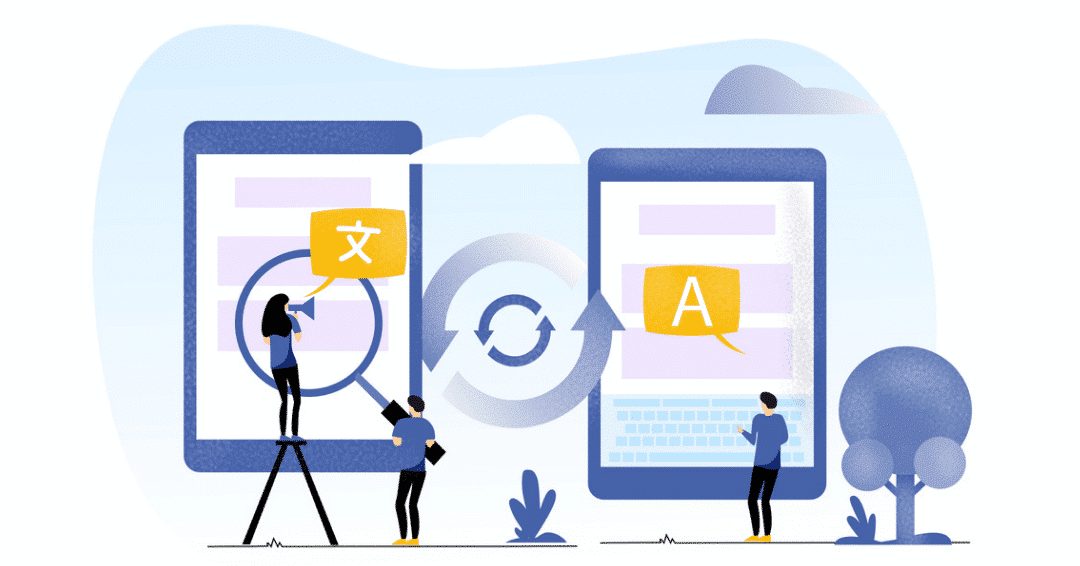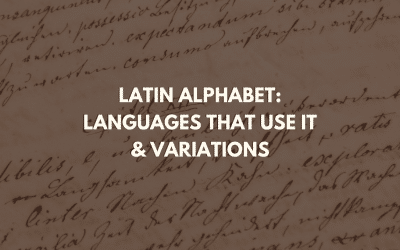Ever thought about what localization software is or which are the best localization software tools?
Localization is a complex process that involves various experts working simultaneously. On top of that, international teams work on localization projects, meaning that besides their different expertise, all these experts might be in different time zones.
A good process is critical for fast and effective communication between the localization team members.
Indeed, management is crucial when working on a localization project. But how should you approach the control of a global team of experts in different fields?
We have a suggestion for you – you can leave the repetitive management and organization tasks to Localization Software tools!
Localization Software will enable you to do the same amount of work more efficiently while saving you all the stress when it comes to organizing ongoing projects.
If that sounds tempting to you, keep reading our blog about Localization Software tools and what to look for when customizing your own.
1. What is Localization? Is it the same as a translation?
Before we dive deep into the topic of localization software definition, there are some essential details we need to clear out of the way. Let’s start with a relatively practical but straightforward term – localization.
Localization (l10n) is the process whereby a linguist adapts a product or content to a specific market.
Keep in mind that localization is not the same as translation. When translating, the meaning is essential since we translate the importance of a text. When it comes to localization, the linguists work with the concept and adapt it to the target locale’s culture.
Also Read: Why Translation is an Intellectual Pursuit
Translation can be a part of localization; however, these terms cannot interchangeably since they denote different processes.
Generally, localization is a complex process involving several specialists – linguists, translators, software engineers, designers, etc.
The fact that so many people work on a single project showcases how complicated localization projects are – especially when it comes to managing everyone’s duties. Thus, localization software tools are essential (but wait a bit more until we get to this point).
There are several aspects in this process of adaptation to a specific market or locale.
- Spelling. If one wants to localize clients’ products to the British market, they have to keep in mind the differences in spelling between American and British English.
- Time, dates, measurements. There are considerable differences between Europe and the US in this aspect. For instance, MM/DD/YYY (the US) and DD/MM/YYYY (Europe). Or inch (the US) and centimetre (Europe).
- Images and colours. Different target audiences prefer other colours; consider this when working on a localization project.
- Right-to-left formatting. Languages like Arabic and Hebrew wrote from right-to-left, so when localizing from English a left-to-right language, the English language should make alterations in the design and the code (if it is an app or a website) accordingly.
- Phrasing. You know how different the language of teenagers and adults is. If you localize your product for a younger audience, you might as well consider the phrasing to appeal more to your customers’ tastes.
Also Read: Localization VS Globalization VS Internationalization VS Translation
2. History of Localization Software
Localization began in the 1980s, and only a decade later, new technologies got introduced to automate the processes.
Initially, translators were incorporating Global Management Systems (GMS). This type of localization software consists of different applications, giving an overview of the whole localization project.
In other words, this software allows everybody working on the project to have a clear idea of how each member on the team is advancing with their workload.
Generally, GMS takes over all the repetitive tasks and automates them – it notifies everyone about a new project, sends them the files, sends them feedback, allows them to access databases, and even prepares reports and analyses on efficiency and productivity, etc.
In fact, since the 2000s, Localization Software tools have become an inextricable part of the localization process.
Today most translators and people working in the language services industry have given up most manual and technical aspects of localization projects because localization software has taken over these tasks.
3. What is Localization Software?
Localization Software is a technology that automates and centralizes the translation processes and workflows.
Initially, businesses utilized this type of software to smooth their work process and make it more efficient. Later on, linguists adapted it to their needs.
Since linguists don’t have to worry about these repetitive and time-consuming tasks, they can solely concentrate on their actual work (which machines cannot do as well as them) – translating.
4. How is Localization Software helpful?
Localization Software tools are a great asset for any business that wants to improve its workflows more effectively.
Localization Software solutions allow you to have control and supervise every step of a localization or translation project.
It saves time, and thus, the localization services’ costs reduce significantly. Here are some more benefits:
- Automatic correction of basic mistakes;
- Automation and easy customization of workflows;
- Easily accessible tools such as translation memories, style guides, and glossaries;
- Easy and effective communication between the project manager and everyone working on the project;
- Automation of repetitive tasks.
- Quality checks for excellent output.
Also Read: Translation Memory: A Powerful Tool for Localization
Localization Software makes the workflow as efficient as possible. Since it takes over the repetitive and tedious tasks, linguists and everyone involved in the project do their magic undisturbed.
5. How to choose the best Localization Software for your needs?
Localization Software is an excellent tool for any content – a website, mobile applications, a product, or marketing content. Localization software can help processes operate smoothly regardless of the type of content.
Of course, you should keep in mind that depending on the type of content you will localize, tools can integrate different tools into the Localization Software to smooth the working process.
You should carefully consider your needs and what you want to improve in the working process to make the best decision.
When looking for the perfect Localization Software tools, you have to consider three main criteria, which we will discuss in more detail in the following sections of the blog.
Also read: How to Localize Your App and Reach New Users
5. a. What are the features of the Localization Software?
First thing first, you have to consider the software capabilities or what tools this software provides. Here are some examples:
- Automation and Integration feature. Translation APIs, web proxies, and integrations boost the output quality immensely and are a must when working on continuous localization projects or live content.
- Translation proxy. This feature is precious when working on multilingual websites since it allows the translator to operate fast and efficiently without the help of any IT specialists.
- Translation Analytics. This tool estimates the cost and working time of a translation/ localization project.
- CAT tools. CAT tools can drastically improve translators’ speed and quality output, so definitely look for Localization Software that has this feature.
- Translation Management System. This tool helps you automate the most repetitive tasks while keeping the account on all the ongoing projects.
- Quality Assurance tools. Such tools are incorporated to ensure that the output is optimal, and the translators have not overlooked any mistakes.
Also Read: CAT Tool -Features & Benefits- Why Every LSP & Translator Should Use One
5. b.What are the Integration Capabilities of the Localization Software?
Secondly, make sure you take into account the integration capabilities of localization software. The idea behind integration is the smooth and efficient processing of a localization project.
Integration capabilities involve communication between the client and the service provider as well as any work-related processes.
A great example of a type of integration that you might want to use in your localization software is Content Management Systems.
These are platforms or cloud-based services that store all the translated content easily accessible by everyone on the localization team.
This tool allows everyone to work at their own pace, and access to all the resources can improve the output quality.
Other possible integration tools are help desk portals, repositories, and marketing hubs. Some companies offer integrations customized according to their client’s needs, so keep that in mind!
5. c Does the Localization Software incorporate Dynamic Content feature?
Last but not least, look for a Dynamic Content feature in your Localization Software. Adaptive or Dynamic content is a type of text that changes depending on users’ preferences or needs.
Integrating such a tool in your Localization Software can save a lot of time and effort when dealing with dynamic content.
For instance, if you are working on the localization of an online banking app or a driving school app, such a tool would transform the following dynamic content into placeholders. “Welcome [username], you have [balance] in your bank account.”Meanwhile, for the driving school application, it could be “Good day [username], your next driving lesson is scheduled for [date] at [time].”
This feature enables the translator to do their job without having to deal with any coding.
The Dynamic Content tool can represent HTML and formatting tags such as line breaks and bolded text to be easily integrated into the target text.
As a result, the risk of any technical issues gets reduced to a minimum when the project gets launched.
6. Why working with a translation company is recommended
Localization is a complex process. It involves several experts in various fields working together.
Investing in localization is complicated and time-consuming. This is why you should opt to work with a professional translation company.
If you don’t have significant and continuous localization needs, investing time and money in buying and training your team on the software doesn’t make sense.
Professional translation companies already have teams of experts; you have to submit your project and discuss the details.
Also Read: Translation Agency vs Freelancers: Who Is Better for Your Business?
They will design the proper flow and pick the right processes and technology for your project.
Investing in localization software and other technologies is pricey, and freelancers can barely afford it.
Translation companies, on the contrary, are always trying to get their hands on the newest software out there because technology makes their job easier and faster.
The experts working at translation companies have learned how to choose or implement localization software and translation tools. If you work with a good translation agency, you can be assured that they will use the latest technology to ensure quality, speed and cost-savings in your project.
At Milestone Localization, every process is automated. We are continuously introducing new technology to improve our internal processes and customer experience.
Our technology includes machine translations, translation memories, glossary management, CAT tools, APIs with a range of CMS, continuous localization, translation management systems, client portals and more.
To learn how our technology works and how we will use it to optimise your next project, contact us.
Also Read: 7 Reasons To Work With a Translation Company on Your Next Project
To conclude
Localization Software is a rather complex tool that can incorporate several different features to cater to different language needs.
These platforms automate the workflow, making it more transparent and efficient.
While setting up such software is time-consuming and somewhat costly, this is the perfect asset for any agile localization team which values quality and efficiency.
Have questions about localization software? Ask us in the comments!












